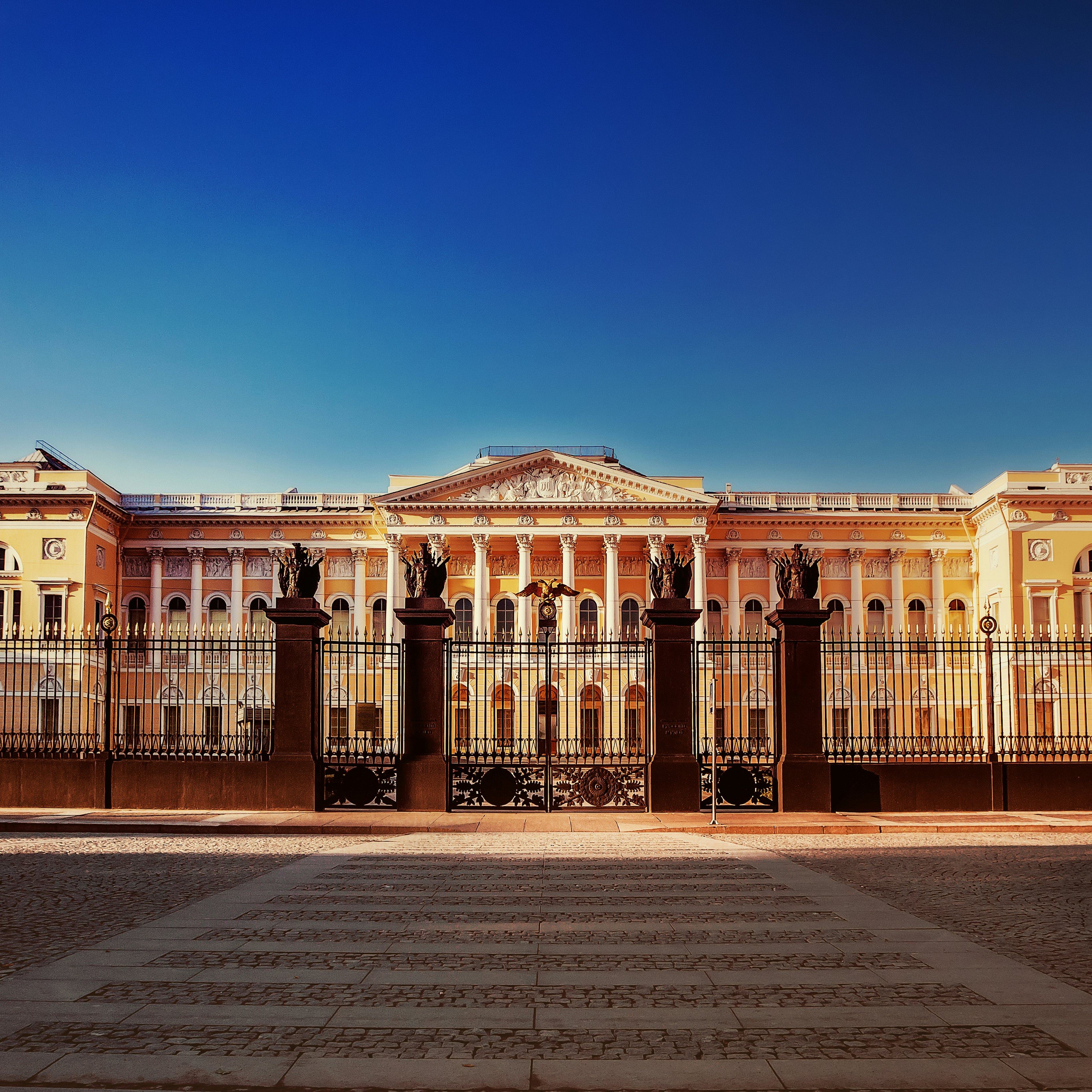
Overview
The sheer grandeur and history of Russia's imperial capital never fail to amaze, but this is also a city with a revolutionary spirit.
Plan your trip with Guide, an AI travel planner!
Create a personalized trip itinerary in seconds using artificial intelligence.
Must-see attractions
Get a book. Get inspired. Get exploring.
in partnership with getyourguide















